After visiting the various country pavillions in the European and American zones of the Shanghai World Expo, we focused our attention on the regions closer to home. Due to the shortage of time, we could only enter the Singapore pavillion as the queues to most of the Asian pavillions were rather formidable. However, I did manage to take some quick external shots of the various Asian pavillions which captured my interest.
Here’s a brief photographic journey of some of the pavillions which we saw.
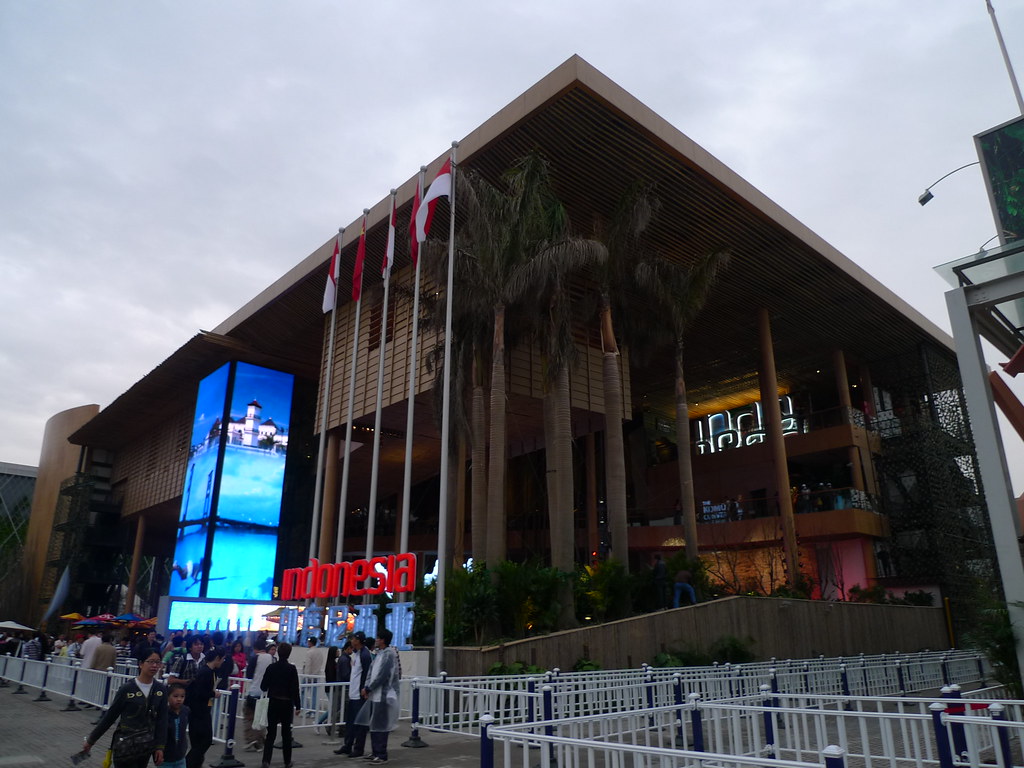
Indonesia’s pavillion looked pretty impressive in terms of size, albeit a little like a typical conference building with the flags and pillars and all.
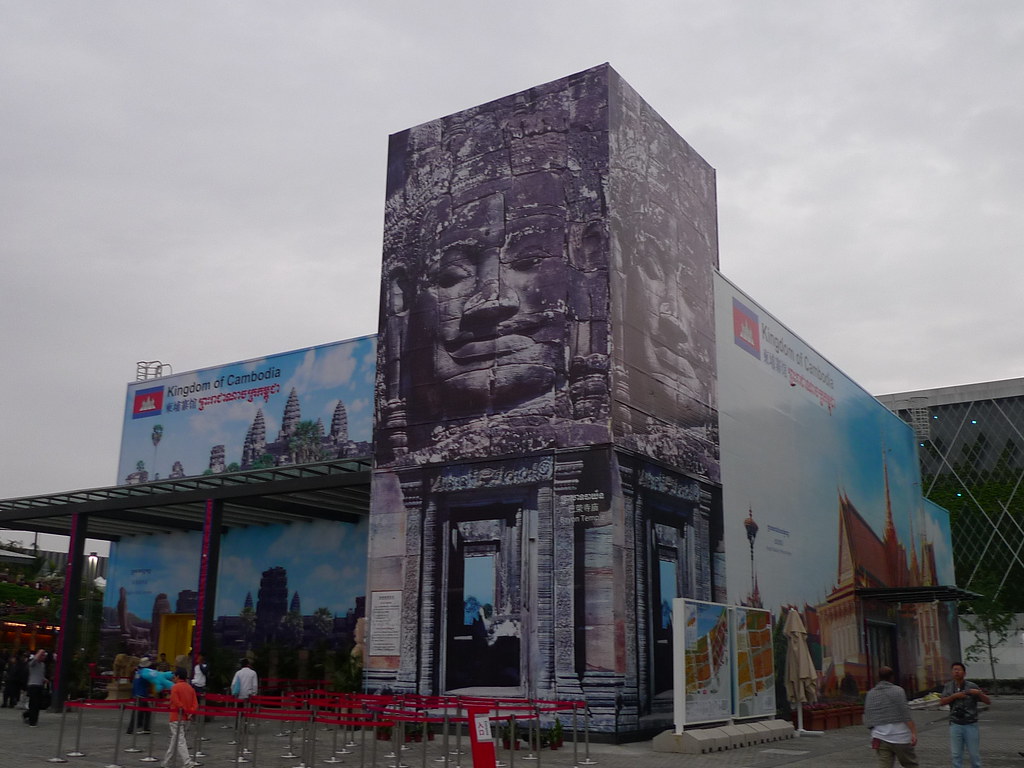
The Bayon looked pretty sad and uninspiring in the tiny Cambodia pavillion. A pity considering how impressive its ancient temple architecture truly is.

The colourful hands provided some visual candy at the otherwise boxy Philippines pavillion. I overheard some nice performances emanating from inside, true to the spirit of Filipinos being great singers, dancers and actors.
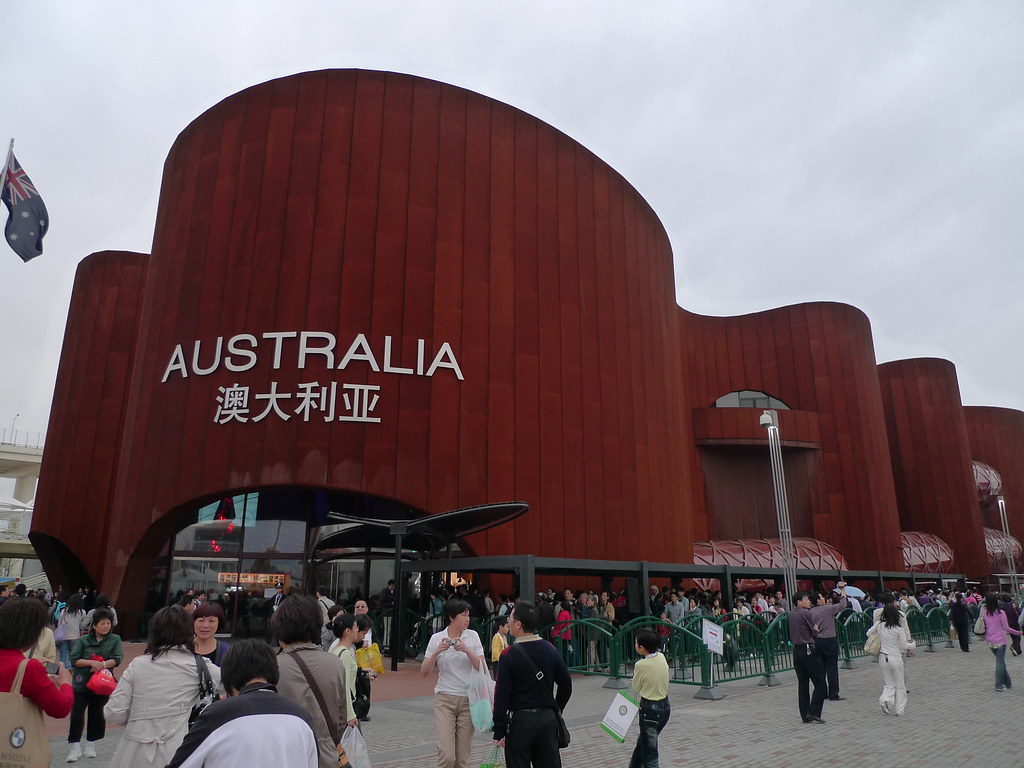
Australia’s pavillion had a nice wavy shape and a brownish-red facade, reminiscent of Ayer’s Rock in the Australian desert. It was quite a crowd puller too.
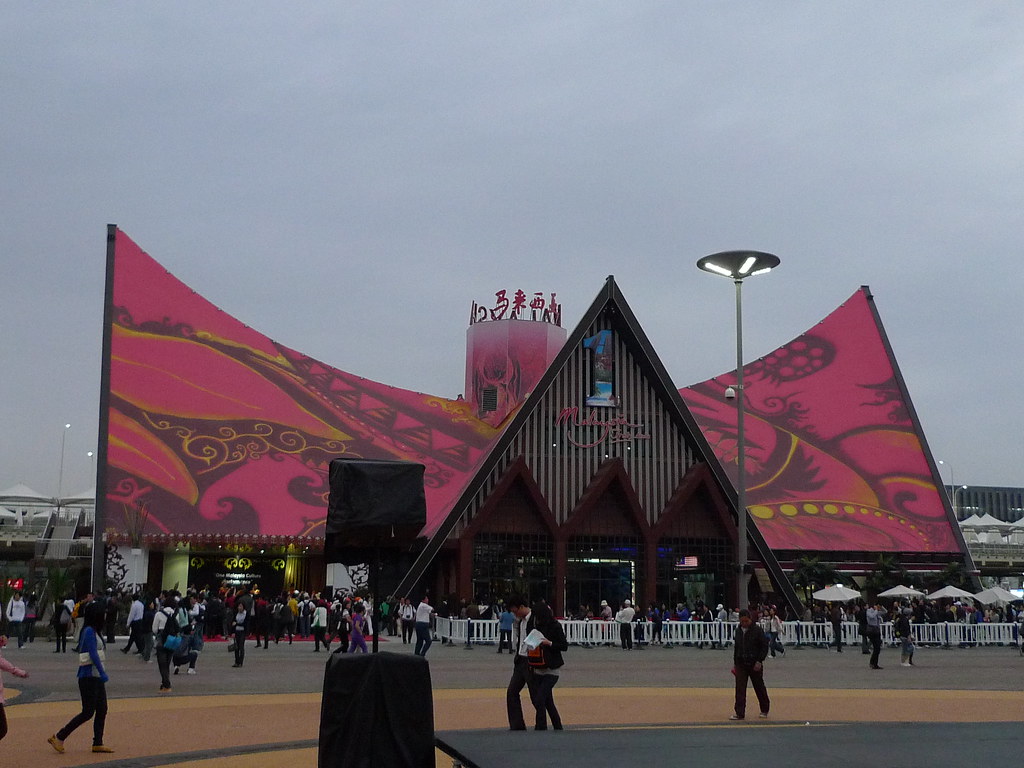
Across the “causeway”, the Malaysian pavillion used the traditional Malay Minangkabau roof architecture to attract the attention of visitors. It also had a continuous show outside comprising singers hailing from the major ethnic groups (Malay, Chinese, Indian) performing multi-ethnic songs.
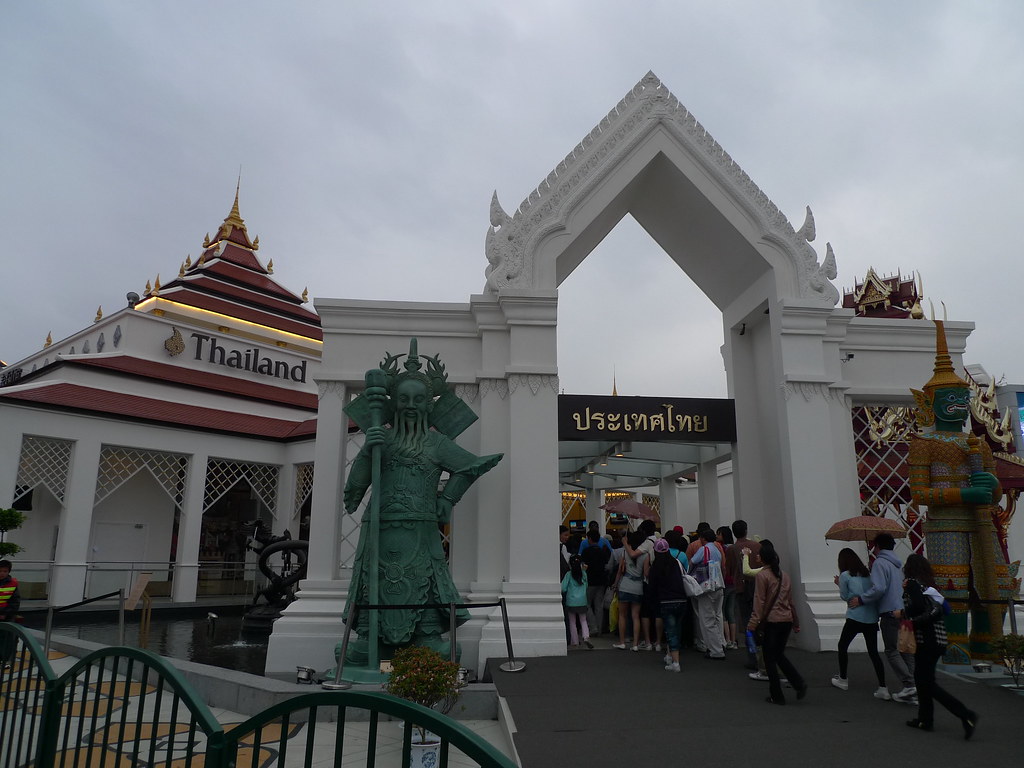
Thailand’s pavillion was a highly popular one with long snaking queues. It had a beautiful Siamese architectural style that was reminiscent of its stupas, and a cute mascot shaking hands with visitors. Like Malaysia, Thailand’s outdoor performing area was pretty well-received.
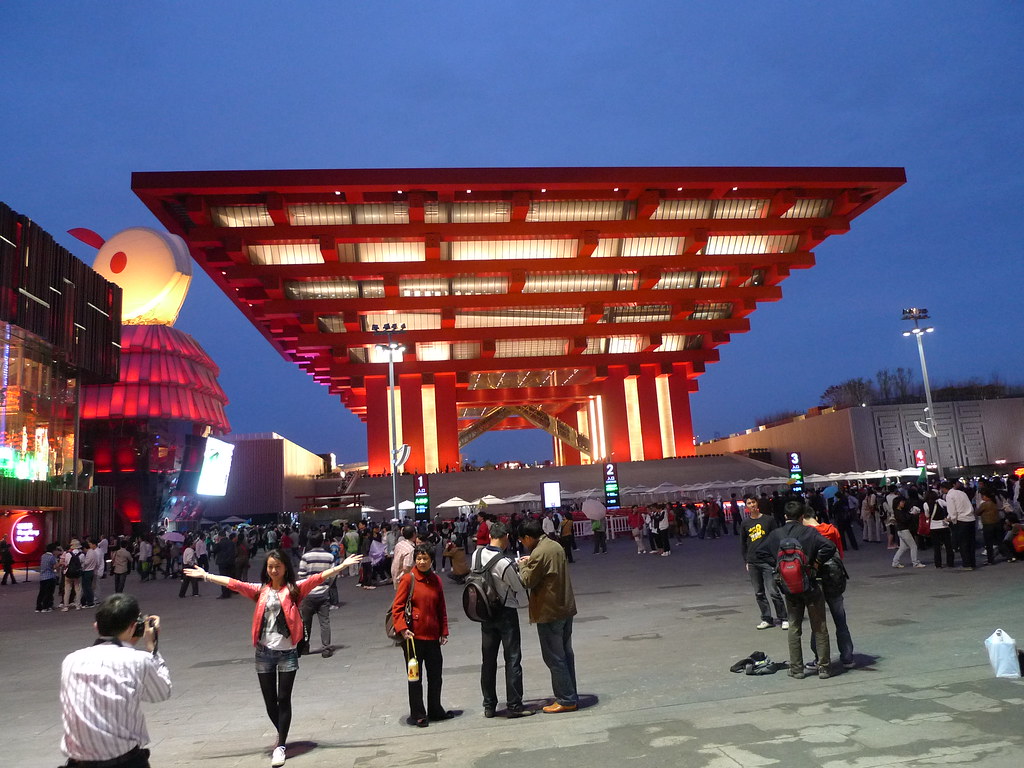
Finally, and quite a distance away, I managed to spot the awe-inspiring China Pavillion. It is made of traditional dougong or brackets, which date back more than 2,000 years. This was easily the most impressive pavillion in terms of both size and architecture.
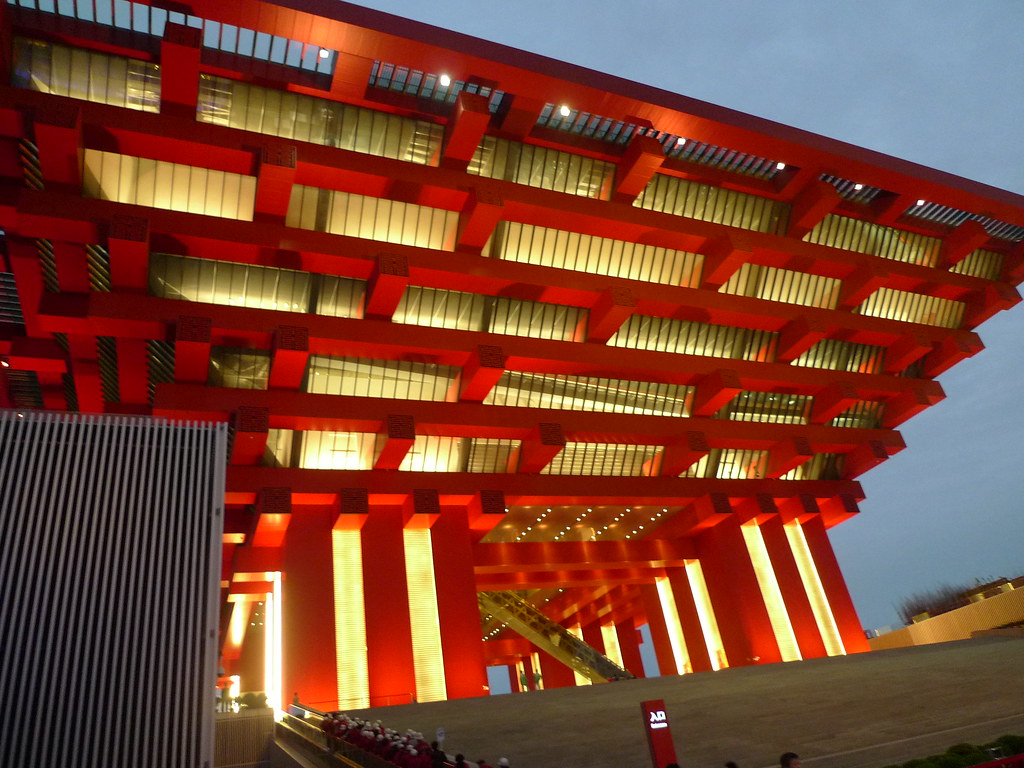
A closer look at the humungous Chinese pavillion, which is also termed as the “Oriental Crown” or the “Crown of the East”. It is the only permanent structure erected for the Shanghai World Expo.
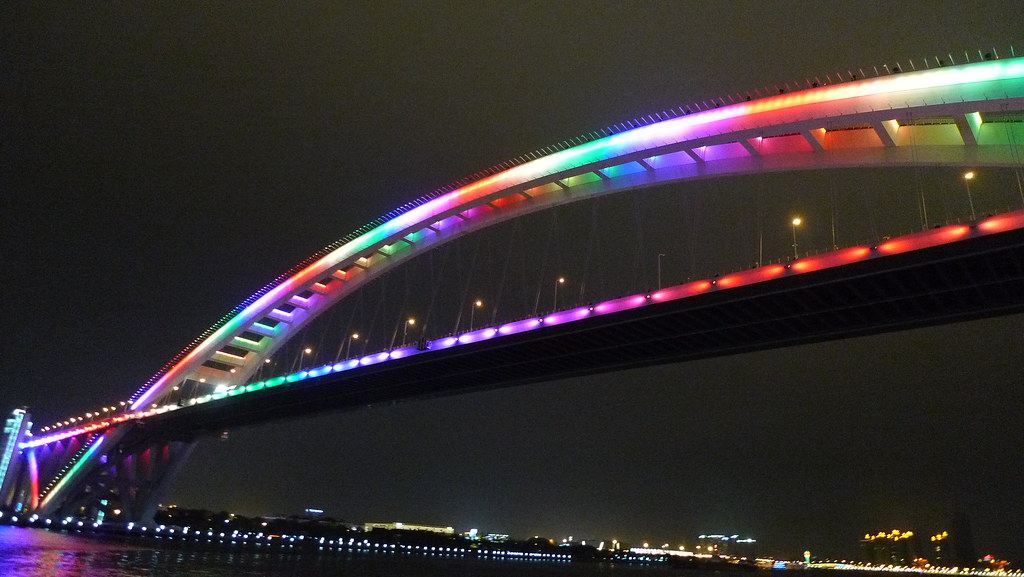
Finally, a shot of the rainbow-coloured hues of the bridge spanning the Huangpu River which provided a spectacular view to us on our return home.
Follow me as we next go up close and personal with Your Singapore pavillion.
Acknowledgements: This tour of Shanghai World Expo was made possible by Coca-Cola as part of their recent blogger’s tour to the Shanghai World Expo for APAC bloggers.
